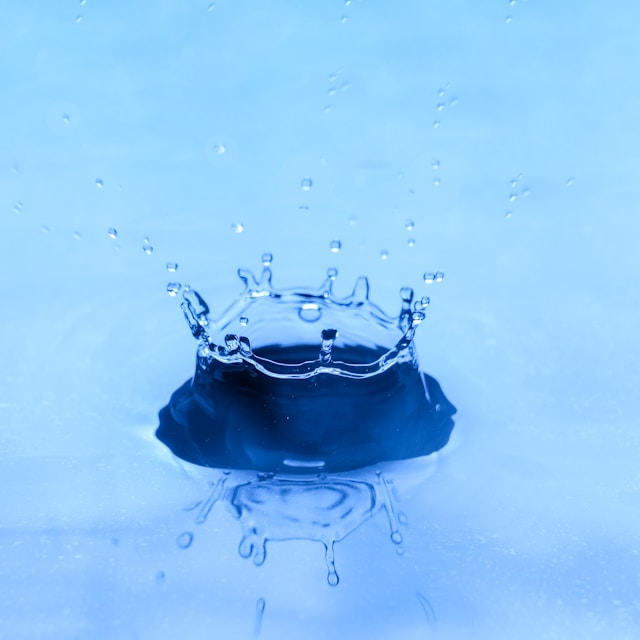The intersection of science and creativity might also seem like an unlikely pairing at first, with technology often related to common sense and objectivity, and creativity connected to creativeness and subjectivity. However, upon closer examination, it becomes clear that science and creativity are intertwined, with each field counting on the merging of logic and creativeness. In this publication, we can discover how science and creativity intersect, and how the merger of logic and imagination fuels innovation and know-how development.
Logic in Science:
Logic serves as the foundation of the clinical process. Scientists depend on logical reasoning to formulate hypotheses, lay out experiments, and analyze information. The clinical technique, with its emphasis on remark, dimension, and systematic investigation, demands logical wandering to attract meaningful conclusions. Through logic, scientists can draw connections, find patterns, and make deductions primarily based on evidence and empirical statistics.

Imagination in Science:
Imagination, however, fuels medical discovery and innovation. It is through imagination that scientists can envision opportunity factors, endorse novel theories, and generate creative thoughts. Imagination lets scientists suppose past the limitations of current information, explore new possibilities, and make breakthroughs. Albert Einstein famously said, “Imagination is more crucial than knowledge,” highlighting the function of creativity in pushing the limits of scientific expertise.
Creativity in Scientific Problem-Solving:
Creative questioning performs an essential function in medical hassle-solving. When faced with complicated questions or challenges, scientists must assume creatively to increase progressive tactics and hypotheses. Creative wondering entails connecting seemingly unrelated principles, and difficult assumptions, and exploring unconventional solutions. It is through creative hassle-fixing that scientists can make surprising connections and generate transformative discoveries.
The Role of Intuition and Inspiration:
Intuition and concept additionally play a considerable role in technological know-how and creativity. Intuition, frequently described as a gut feeling or intuition, permits scientists to understand complicated standards without difficulty and make knowledgeable guesses. It is the result of accumulated expertise and experience, combined with subconscious processing. Inspiration, alternatively, can strike abruptly, offering scientists with new thoughts and views to explore.

Collaboration and Cross-Disciplinary Approaches:
The intersection of technological know-how and creativity is similarly verified through collaboration and move-disciplinary strategies. Scientists often collaborate with artists, designers, and creative thinkers to take advantage of sparkling views and stimulate progressive thoughts. By combining exceptional fields of understanding, scientists can leverage logical and imaginative thinking to address complex problems from multiple angles.
Conclusion:
The intersection of technological know-how and creativity illustrates how the merging of common sense and imagination fuels innovation and information advancement. Logic affords the shape and rigour important for the clinical method, whilst imagination and creativity permit scientists to explore new opportunities, generate novel thoughts, and method issues from unconventional views. The interaction between good judgment and creativity in science showcases the strength of mixing rational wondering with creative exploration, leading to transformative discoveries and pushing the boundaries of human know-how.
